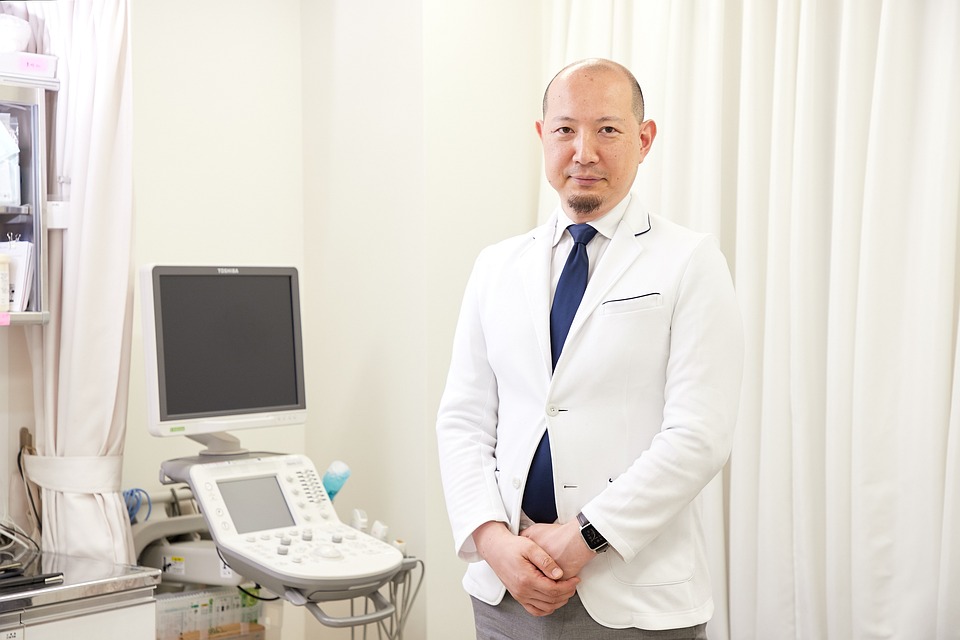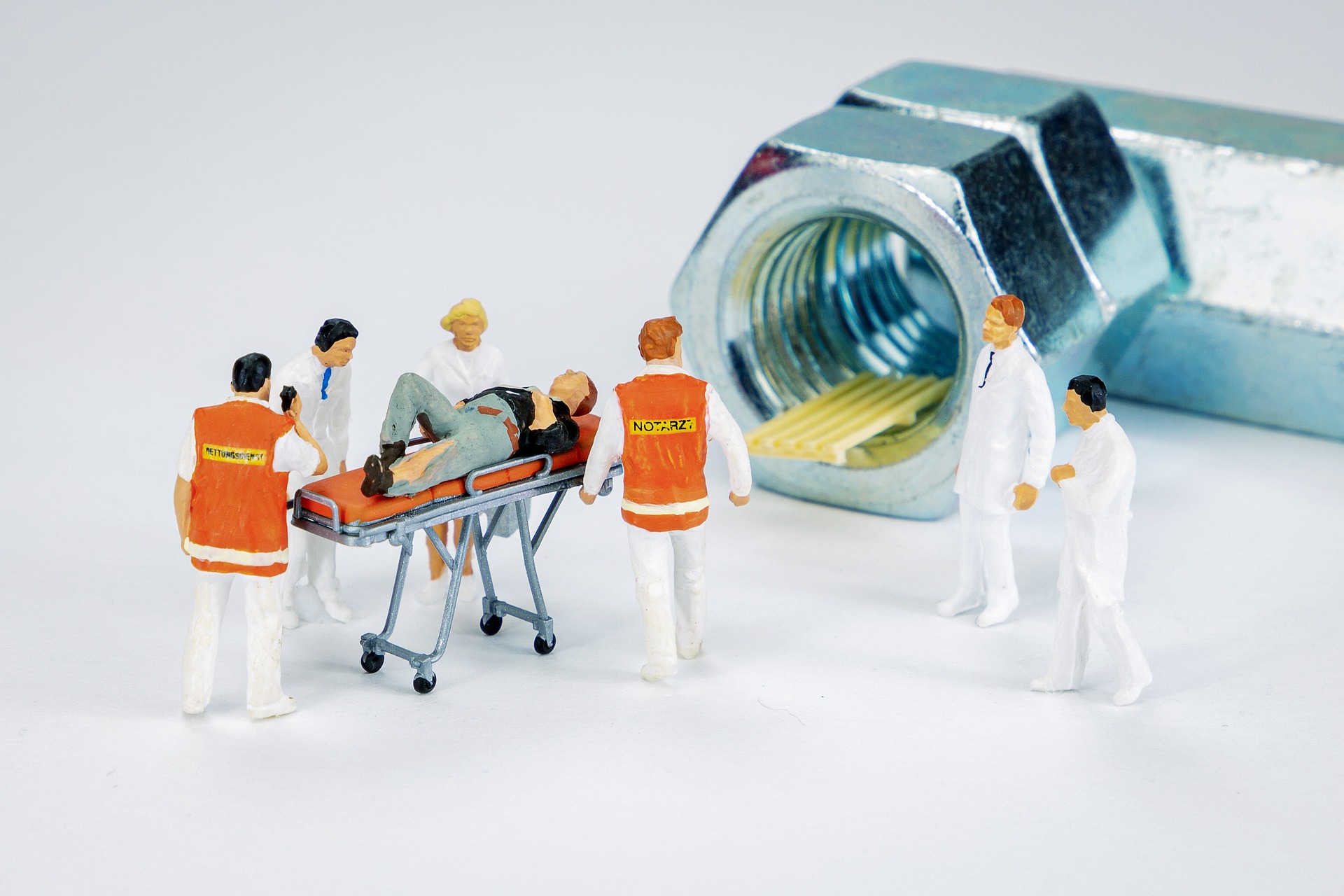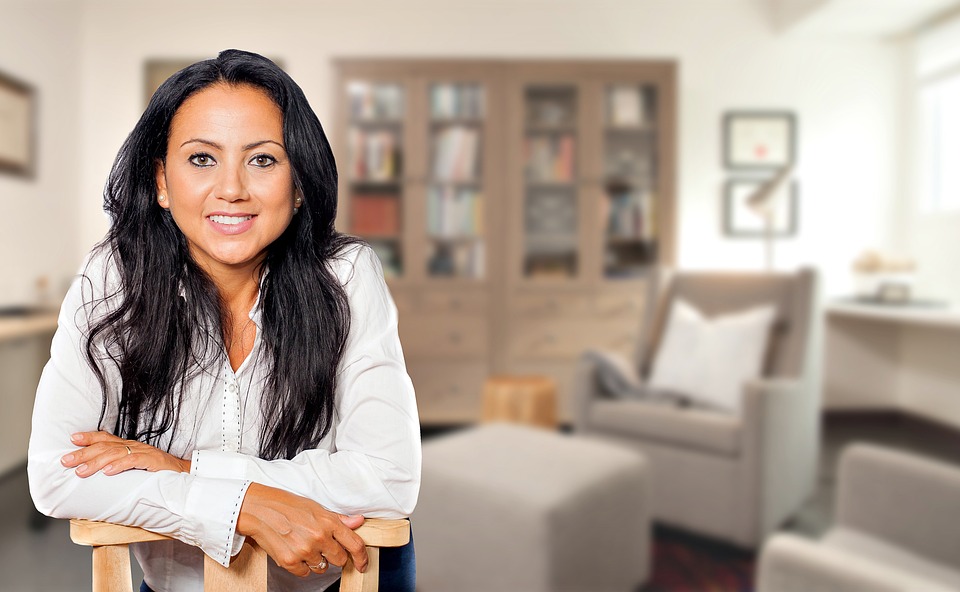Focusing on Echocardiography, a type of cardiac ultrasound, this article will uncover what happens during the procedure and why it is an important diagnostic tool.
Echocardiography uses sound waves to create an image of your heart. It shows how your heart’s chambers and valves are working. The medical technician will put gel on your chest and then glide a wand, called a transducer, over it. It sends sound waves into your body, creating an image on the computer screen.
The technician will look for any abnormalities, like fluid buildup or insufficient blood flow. Echocardiography can also reveal how the heart is affected by heart attacks, high blood pressure, or a congenital disease you were born with.
Does the process hurt? Not at all. Patients typically lie on their left side and feel no discomfort. It is a non-invasive procedure and there are no side effects. In fact, it can provide highly accurate diagnoses which is vital to effective treatment plans.
Echocardiography is a safe, painless, non-invasive and highly effective tool in diagnosing heart conditions. If your doctor recommends this procedure, there is no reason to worry. Now you are informed and know what to expect.



